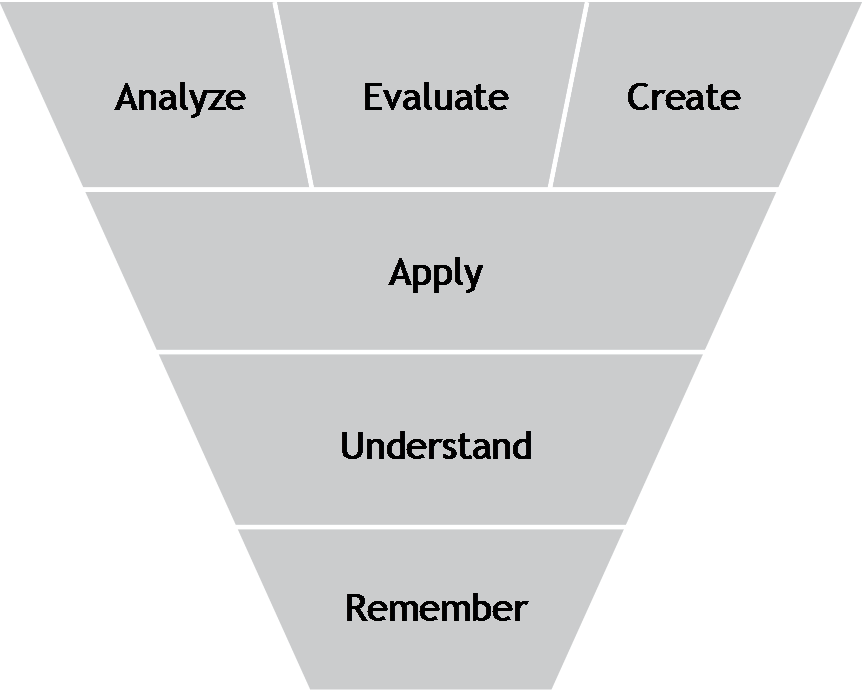
Bloom's Taxonomy
Upon successfully completing this topic's activities, you will be able to:
- Explain how elevated CO2 levels influence plants.
- Describe the effects of elevated CO2 on food quality.
- Understand the potential effects climate change will have on a variety of species and why.
- Discuss the effects of increased temperatures on a variety of wildlife, pathogens, and humans.
- Outline the consequences of elevated CO2 on water availability and acidification of water.
Carbon Dioxide Sensing. This video describes how organism sensing of carbon dioxide affects organism life cycle and geographic distribution.
Polar Animals. This video describes how changes in temperature affect polar animals, such as polar bears and baleen whales.
Organisms. This video gives more examples of species responses to temperature change, including wine grapes, disease vectors, and humans.
Precipitation/Salt. This video discusses how anticipated changes in precipitation and salinity will influence many organisms.
pH. This video focuses on how the acidification of the seas from rising CO2 levels influence marine life.

Mandatory
Textbook Chapter 5: Biological Impacts of Higher Carbon Dioxide Concentrations.
Textbook Chapter 6: Climate Change and the Biosphere.Supplementary
Food Quality by Bloom. A short magazine article about the instructor’s research.
Encyclopedia of Earth: Biosphere, Ecosystem Disturbance, Species Shifts. An encyclopedia entry that covers some basic issues with anticipated effects of climate change on species.

In this week’s Exercise 3, you will learn how animals are affected by climate change. This exercise specifically deals with polar bears and climate change, but could easily be applied to any other species, including animals, plants, protozoa, bacteria, fungi, or viruses. First you will research the life history of polar bears to become more familiar with the species and the environmental requirements of the species.
Next you will use GCM predictions to discuss how the environment might change in the near future (50-100 years). You will then discuss what kinds of affects climate change could have on polar bears, including direct effects (how climate change affects the physiology of the species) and indirect effects (how climate change affects the habitat and food sources of the species).
Lastly, based on what you have learned about polar bears and climate change, you will analyze what you think will happen to polar bears as the climate changes, and discuss whether humans should make efforts to conserve the species.
